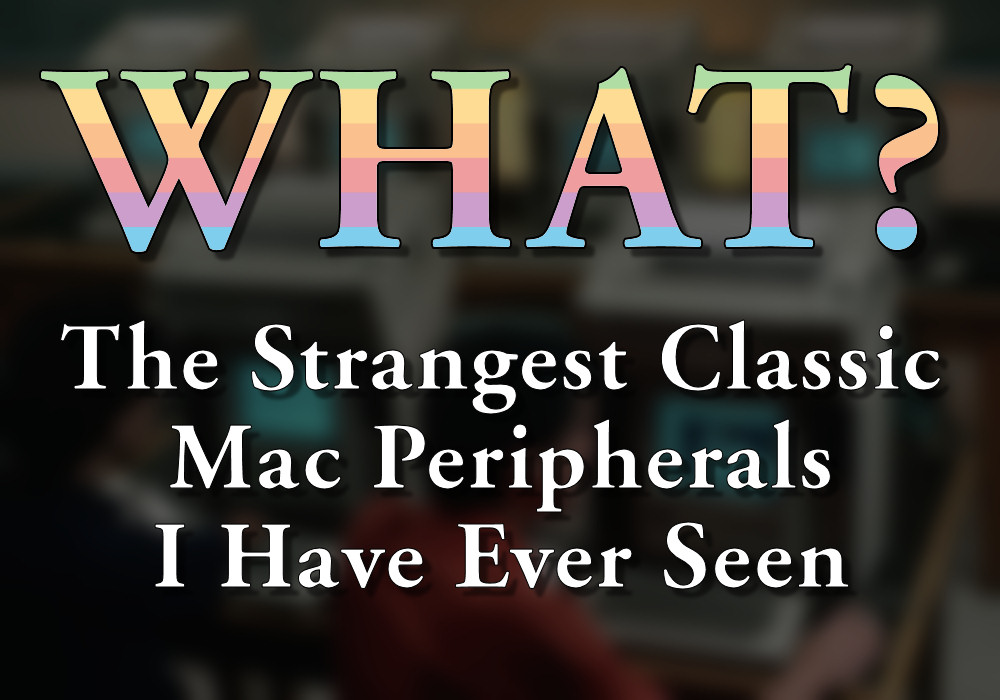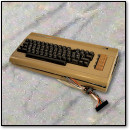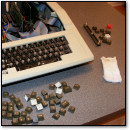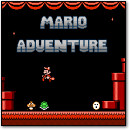VC&G Anthology Interview: F. Randall Farmer, Co-Creator of Lucasfilm’s Habitat (2008)
November 4th, 2015 by Benj Edwards In September 2008, I began working on an in-depth history of the early online virtual world called Lucasfilm’s Habitat for 1UP.com. After delays in hearing back from Chip Morningstar (one of the game’s co-creators) and an unexpected death in my wife’s family, the article got the kibosh. It’s probably for the best, because I barely knew what I was doing back then.
In September 2008, I began working on an in-depth history of the early online virtual world called Lucasfilm’s Habitat for 1UP.com. After delays in hearing back from Chip Morningstar (one of the game’s co-creators) and an unexpected death in my wife’s family, the article got the kibosh. It’s probably for the best, because I barely knew what I was doing back then.
Along the way, I did manage to interview Habitat’s other main creator, F. Randall (“Randy”) Farmer via email. Farmer didn’t answer half of my most probing development questions (he kept pointing to an earlier piece over on Gamasutra), but what he did answer is pretty interesting.
 Some of this information be recounted elsewhere by now — I think more articles have been written about Habitat since 2008 — but I’m publishing my complete interview here in the hopes that it may help someone else with research about Habitat in the future.
Some of this information be recounted elsewhere by now — I think more articles have been written about Habitat since 2008 — but I’m publishing my complete interview here in the hopes that it may help someone else with research about Habitat in the future.
10 DAYS OF VINTAGE: Day 3


 Ten years ago today, I posted my
Ten years ago today, I posted my 


 Back in 2011, I wrote an article about the
Back in 2011, I wrote an article about the 
 This is amusing. It turns out that a number of real, actual geographical place names in the world happen to sound a lot like
This is amusing. It turns out that a number of real, actual geographical place names in the world happen to sound a lot like 





